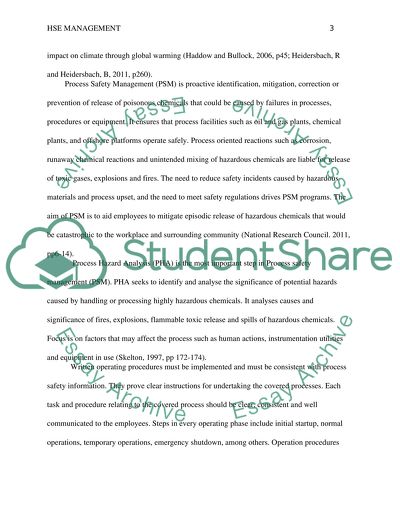Cite this document
(Management Principles in the Context of the Oil and Gas Industry Essay Example | Topics and Well Written Essays - 1750 words, n.d.)
Management Principles in the Context of the Oil and Gas Industry Essay Example | Topics and Well Written Essays - 1750 words. https://studentshare.org/environmental-studies/1448783-management-principles-in-the-context-of-the-oil-and-gas-industry
Management Principles in the Context of the Oil and Gas Industry Essay Example | Topics and Well Written Essays - 1750 words. https://studentshare.org/environmental-studies/1448783-management-principles-in-the-context-of-the-oil-and-gas-industry
(Management Principles in the Context of the Oil and Gas Industry Essay Example | Topics and Well Written Essays - 1750 Words)
Management Principles in the Context of the Oil and Gas Industry Essay Example | Topics and Well Written Essays - 1750 Words. https://studentshare.org/environmental-studies/1448783-management-principles-in-the-context-of-the-oil-and-gas-industry.
Management Principles in the Context of the Oil and Gas Industry Essay Example | Topics and Well Written Essays - 1750 Words. https://studentshare.org/environmental-studies/1448783-management-principles-in-the-context-of-the-oil-and-gas-industry.
“Management Principles in the Context of the Oil and Gas Industry Essay Example | Topics and Well Written Essays - 1750 Words”. https://studentshare.org/environmental-studies/1448783-management-principles-in-the-context-of-the-oil-and-gas-industry.


